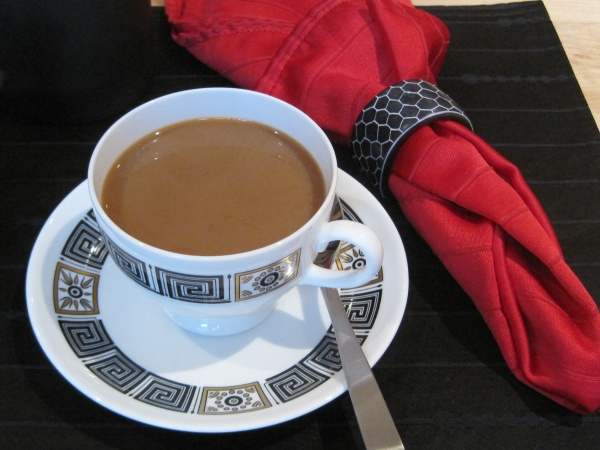Facts About White coffee
"White coffee" is a term with varying definitions depending on geographic location. In some English-speaking countries, it refers to standard black coffee with the addition of milk, cream, or a "whitener." This might be known in parts of the U.S. as "coffee light" "light coffee" "coffee with milk" or simply "regular coffee." The creamers used can be made from dairy milk, corn syrup, soy, or nuts, and may include sweeteners like cane sugar or artificial ingredients. Unlike café au lait, which involves heated or steamed milk, white coffee typically incorporates chilled or room-temperature milk.
In Malaysia, white coffee has a distinctive origin in the city of Ipoh. Traditionally, it is made with beans roasted in margarine and served with sweetened condensed milk. Here, "white coffee" specifically refers to this preparation method and the inclusion of added milk or creamer. Today, you can even find instant white coffee powder mixed with non-dairy creamer or sugar, sometimes marketed as sugar-free.
In Indonesia, white coffee, or "kopi putih" is crafted from lightly roasted coffee beans, resulting in a savory and mild flavor profile. These beans have a higher caffeine concentration and a different texture compared to regular coffee beans.
Lebanese white coffee, known as "kahwah bayda" is a caffeine-free drink made from water, orange blossom water, and optionally, sugar. It serves as a soothing alternative to Turkish coffee.
In the U.S., white coffee can also refer to beans roasted very lightly to a yellowish hue. These beans yield a nutty, less bitter flavor with high acidity and are often used for espresso drinks. However, their hardness can make grinding them somewhat challenging.
In Yemen, white coffee is entirely different. It is made from the ground shell of the coffee bean and brewed like regular coffee, but with added spices for a unique flavor.

 Israel
Israel